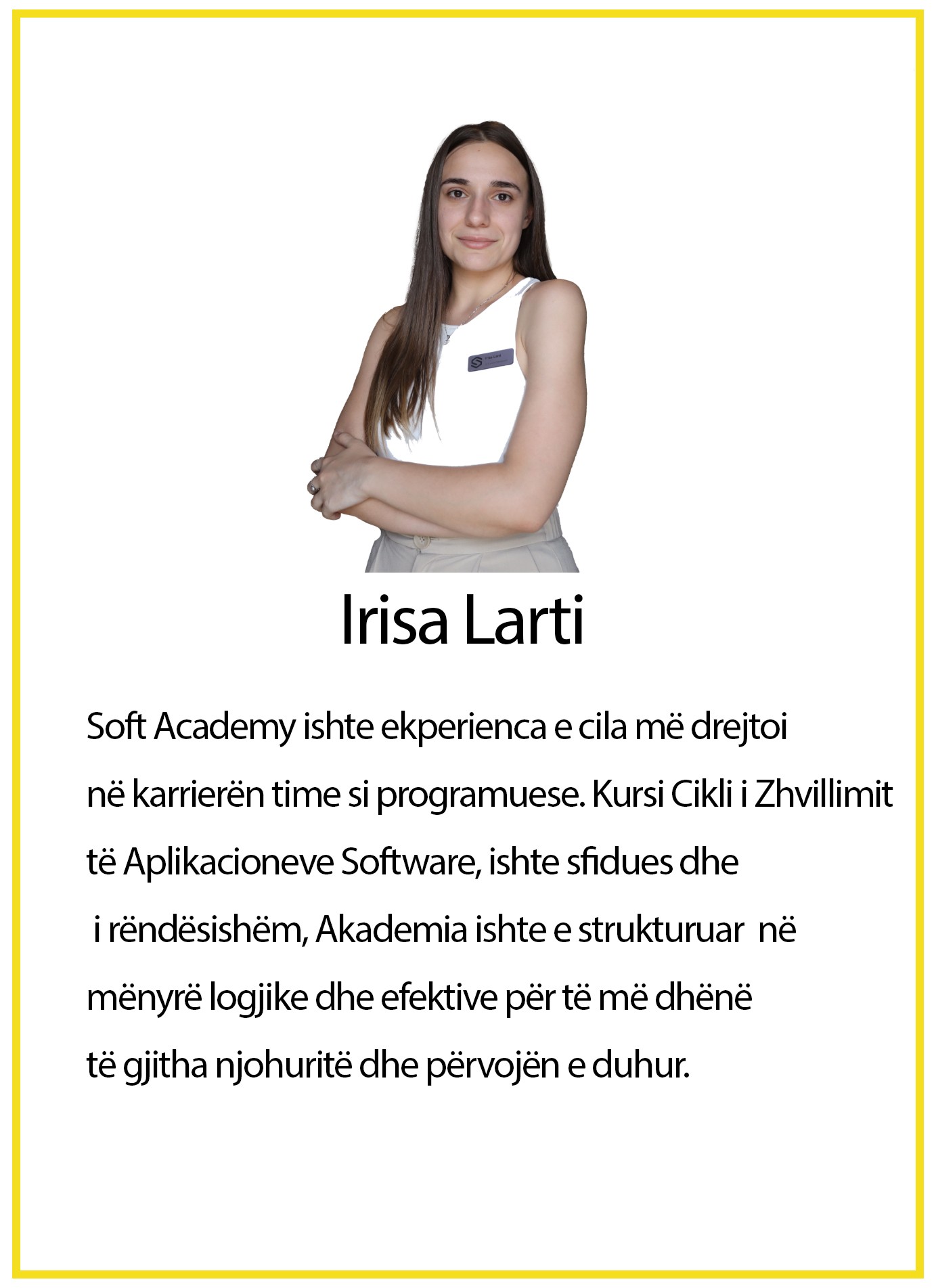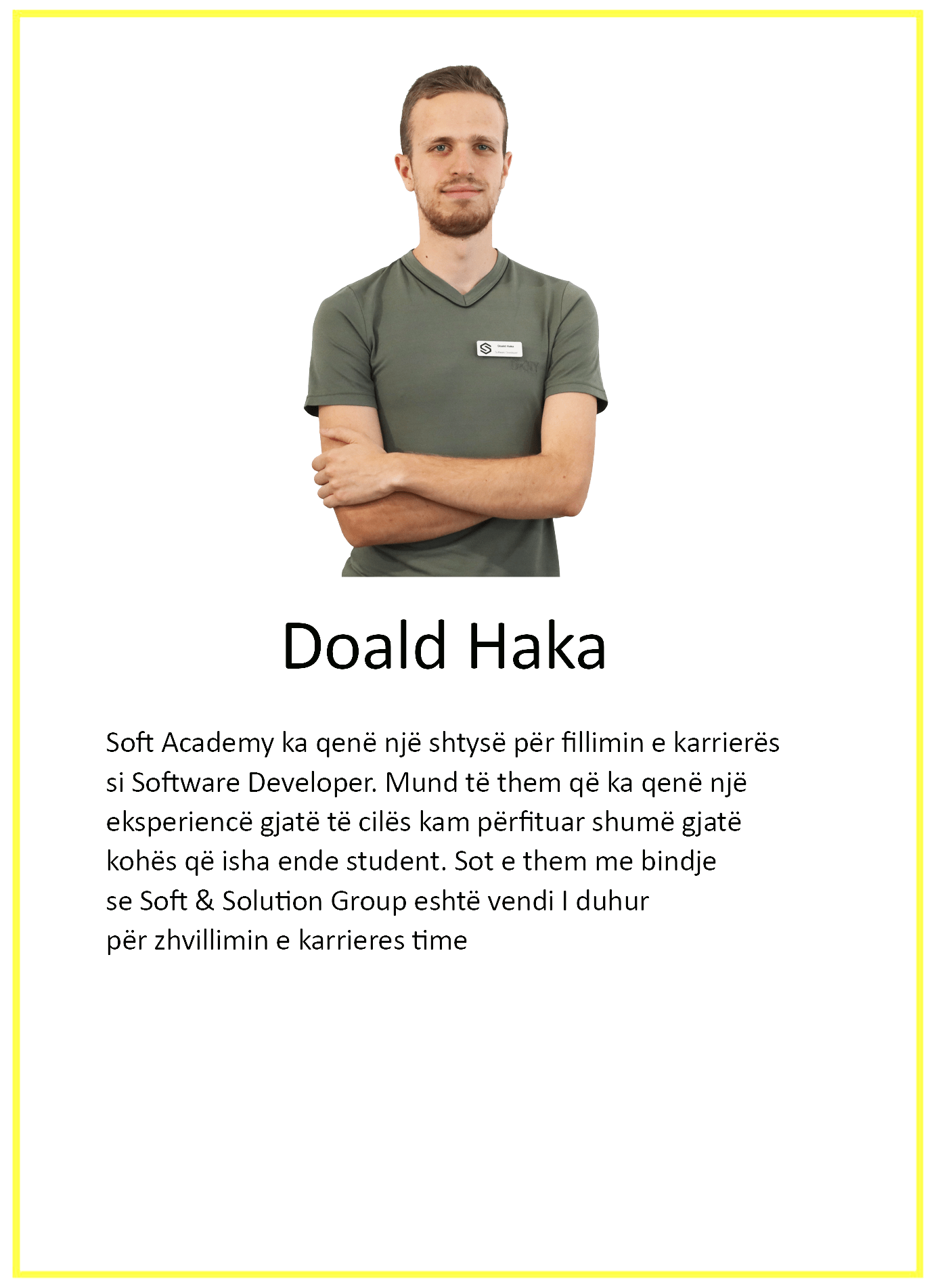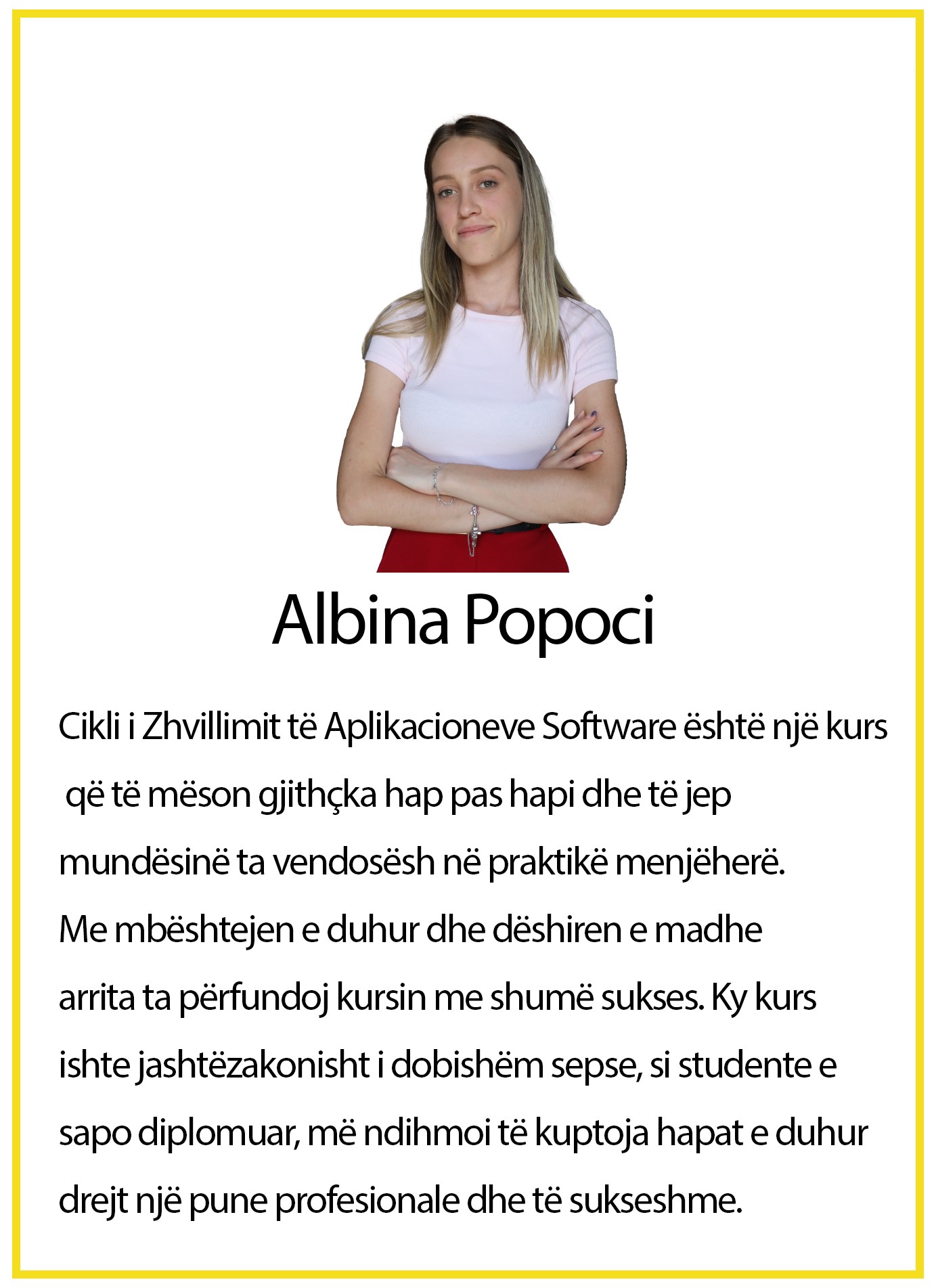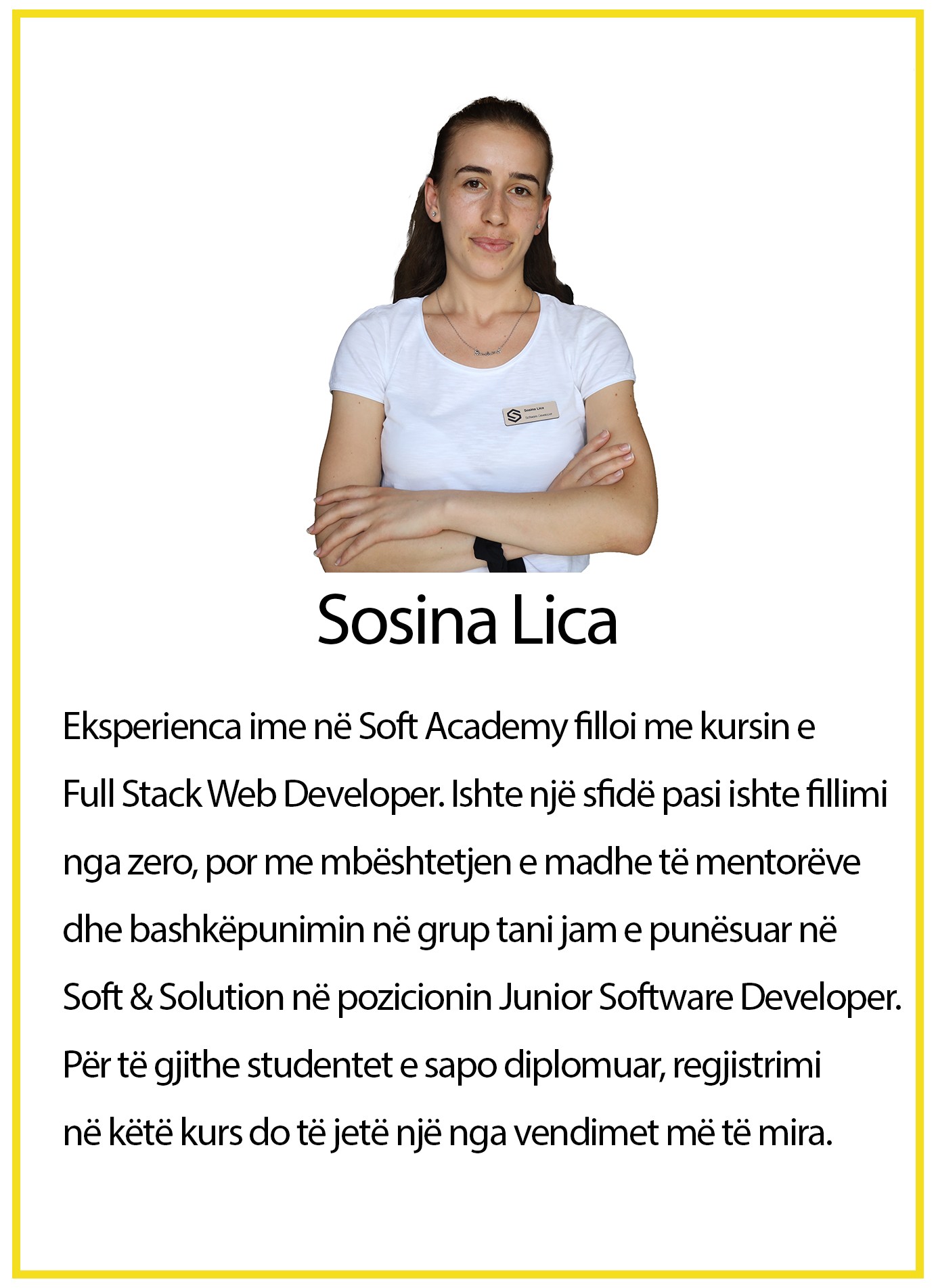Course 1: Cyber security
To provide a group of students with perspectives in the field of cyber security to be able to: perform penetration testing, conduct information security audits, carry out detailed cybercrime analysis after an attack as well as understand the necessary steps to coordinate with third parties, be able to train other participants and have public speech skills.
- Module 1
- Module 2
- Module 3
- Module 4
- Module 5
- Module 6
- Module 7
Module 1: Logical Concepts
a. Patience for finding different problems.
b. Management of situations under time pressure and social factors.
c. Resilience to situations where there seems to be no solution. Systematic forms of learning.
d. Elements of establishing regularity in daily work.
Module 2: Computer Networking Techniques
Concepts of the Physical Layer of the network:
a. Bit/byte concepts.
b. Data organization in the first layer and its role.
c. The role of MTU.
d. HUB device.
Data Link Layer Concepts.
Concepts of Frame:
a. The role of the Data Link layer in Data Frame transmission.
b. The role of the switch in the second layer.
c. Physical addresses and the ARP protocol.
d. Concepts of VLANs.
e. Concepts of P2P communication techniques and role of PAP and CHAP protocol.
p. Network topologies.
Network Layer Concepts:
a. The role of the network layer in the TCP/IP stack.
b. The role of the router and its architecture.
c. Static and dynamic routing protocols.
d. IPv4 and IPv6 header concepts.
e. GRE tunnels.
p. High Availability techniques.
Transport Layer Concepts
a. The role of the transport layer in decision making.
b. TCP protocol.
c. The UDP protocol.
d. Differences between Connection-Oriented and Connection-Less.
Application Layer Concepts
a. The role of the application layer in computer networks.
b. Application layer protocols.
c. The role of gateways in service delivery.
d. Client/Server communication model.
Moduli 3: OS Techniques
Process Concepts:
a. The role of process in systems.
b. Its components.
c. Its execution algorithms.
d. Extending the process to different spaces.
Memory Concepts:
a. The memory pyramid.
b. The role of central memory.
c. The role of secondary memory.
d. Memory on the page.
e. Organization of memory on pages.
Concepts of System Files:
a. System thread types.
b. String attributes.
c. String operations.
d. Implementation of system queues.
Disc Concepts:
a. Disk architecture.
b. Disc types.
c. His algorithms.
Module 4: Security Techniques
Security at the first physical layer:
a. The role of BIOS.
b. The role of TPM.
c. Role of Key-Loggers in Application and Kernel.
d. Defense techniques.
Security at the second layer:
a. Security gates.
b. Flood Attack.
c. ARP Cache and Poisoning.
d. Rogue DHCP.
e. MitM.
p. Source Guard and ARP Watch.
g. Storming.
h. Private VLAN.
i. Defense techniques.
Security at the third layer:
a. Rogue router.
b. NTP.
c. Inverse Priority QoS.
d. Firewall and IDS evasion.
e. IP Spoofing.
p. Access Control Lists.
g. Packet fragmentation.
h. Defense techniques.
Security in operating systems:
a. Half Connection.
b. AAA techniques.
c. Defense techniques.
Security in web applications and servers
a. OWASP Top 10.
b. Security in the service server.
c. Defense techniques in web applications and servers.
Database Security:
a. SQL Injection and their manipulation.
b. Defense techniques.
Mobile security:
a. Mobile attack techniques.
b. Mobile protection techniques.
Wireless Security:
a. Wireless LAN 802.11 protocols.
b. WEP, WPA and WPA2 protocols.
c. Wireless attack techniques.
d. Wireless protection techniques.
Module 5: PHP and MySQL
PHP & MySQL create the dynamic power of web pages by allowing the creation of web pages that interact with customers, collect and display information from a database, send emails, and more.
At the end of this module, participants will:
a. Learn how to use PHP to build web pages, turning static HTML into a two-way, interactive user experience.
b. Learn the basics of PHP and MySQL: handling form submissions, interacting with databases, etc.
c. Gain knowledge of how PHP works, including working with forms, sessions, error handling, etc.
d. Learn the basics of MySQL, using SQL to retrieve, add, update, delete and query records.
Module 6: Web Server Administration
Websites are not installed like traditional software, they are hosted on a web server and can be accessed via the WWW. Although web server packages are easy to use for development purposes, more attention should be paid to web server hardware, software, and software in a live environment. In this module we will cover practical tools, scripts, configurations and processes to get your website up and running.
At the end of this module, participants will:
a. Are able to configure a web server in order to host web pages;
b. Learn to manage the web server using command-line in linux;
c. Learn to increase the security of web pages by guaranteeing a normal operation;
Moduli 8: Project and testing
The testing will be based on the knowledge gained during the training.
DESHMI







